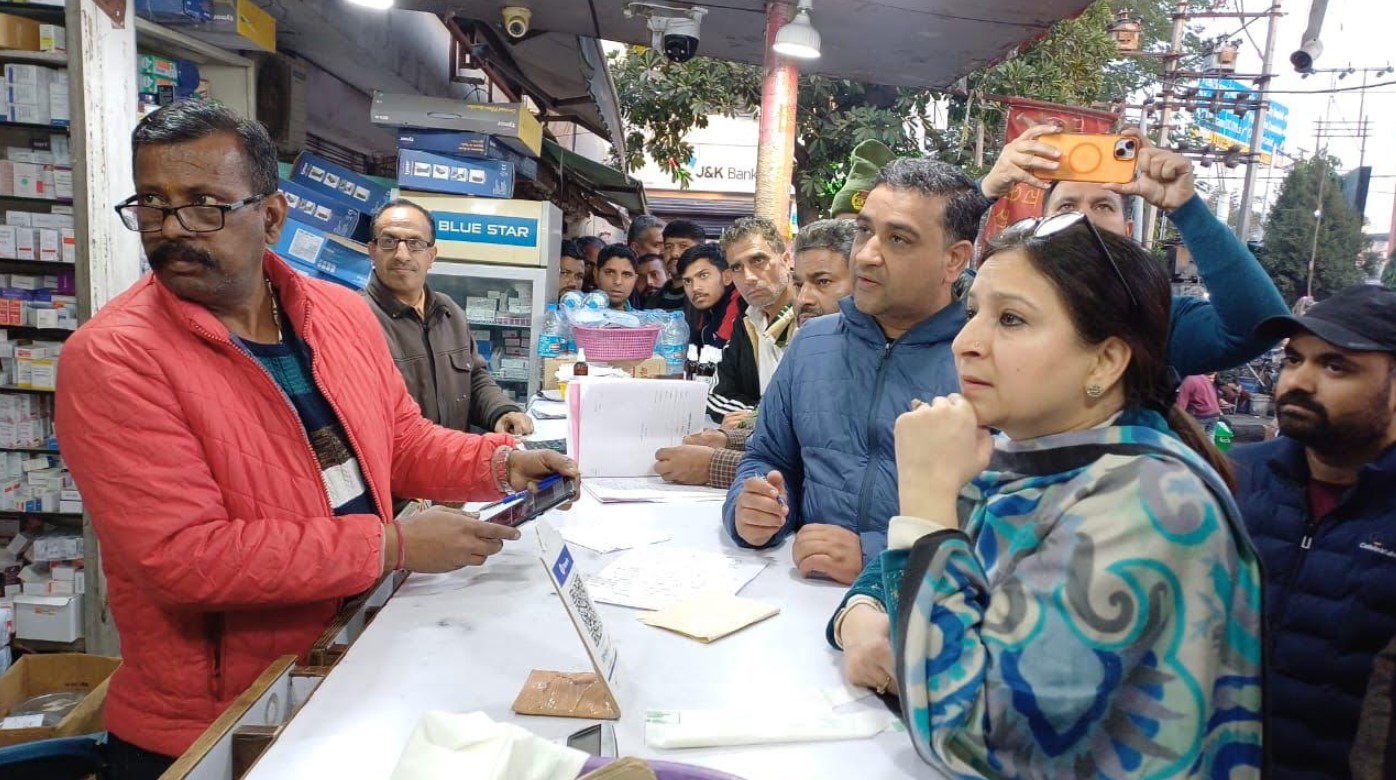The ambitions of the Economic Survey depend on theimplementation of its ideas
The Economic Survey for 2018-19 reflects the views of itsprincipal author, Chief Economic Adviser (CEA) Krishnamurthy Subramanian. Andthe CEA has made bold to use the new government’s first economicassessment-cum-agenda setting exercise to posit a range of ideas that heattributes to “blue sky thinking”. From an embrace of a “world that is inconstant disequilibrium”, and the need therefore to adapt to it, to the stresson drawing upon Richard Thaler’s work in the behavioural economics of ‘nudge’for addressing issues including gender equality, savings and tax compliance,the survey attempts to reset multiple paradigms. The broad goal is to helpdrive economic strategy to achieve sustained real GDP growth of 8% so as toenable fulfilment of the government’s grand vision of making India a $5trillion economy by 2025. For that, the first task is to take stock of the economy’scurrent state. The CEA is cautiously confident that the slump in investment,which he rightly identifies as the key driver of growth, jobs and demand, hasbottomed out. Setting the huge electoral mandate for the government as anenabler that would “push the animal spirits of the economy”, the surveyprojects real GDP growth to rebound to 7% in 2019-20. But the CEA doesn’t shyaway from flagging ‘consumption’ as being crucial in determining the growthtrajectory in the current fiscal year, and in pointing out its vulnerability tothe health of the monsoon-dependent rural economy. With rainfall as on July 3about 28% less than average and large parts of southern and western India inthe grip of a crippling drought, clearly the circumspection appears wellwarranted.
On the fiscal front, the survey is even less optimistic. Itlists several challenges to achieving the fiscal deficit target of 3% of GDP byMarch 2021: the “apprehensions of slowing of growth” and the implications forrevenue collections; the shortfall in GST collections and the imperative thatit places on revenue buoyancy this year; the hunt for resources to fund theexpanded PM-KISAN scheme, Ayushmaan Bharat and other government initiatives;and the impact on oil purchase prices due to the U.S. sanctions on import ofcrude from Iran. It is, however, on the policy prescriptions front that the CEAcomes into his own. Central to the recommendations is the focus on triggering aself-sustaining “virtuous cycle” of savings, investment and exports. To achievewhich, he suggests, presenting data as a ‘public good’, ensuring policyconsistency and reducing the cost of capital. Micro, small and mediumenterprises must be nourished, especially firms that are most likely to boostboth job creation and productivity, and labour laws made flexible. Ultimately,it is the implementation that may well decide how “blue sky” these ideas are.
Leave a comment
Your email address will not be published. Required fields are marked *



